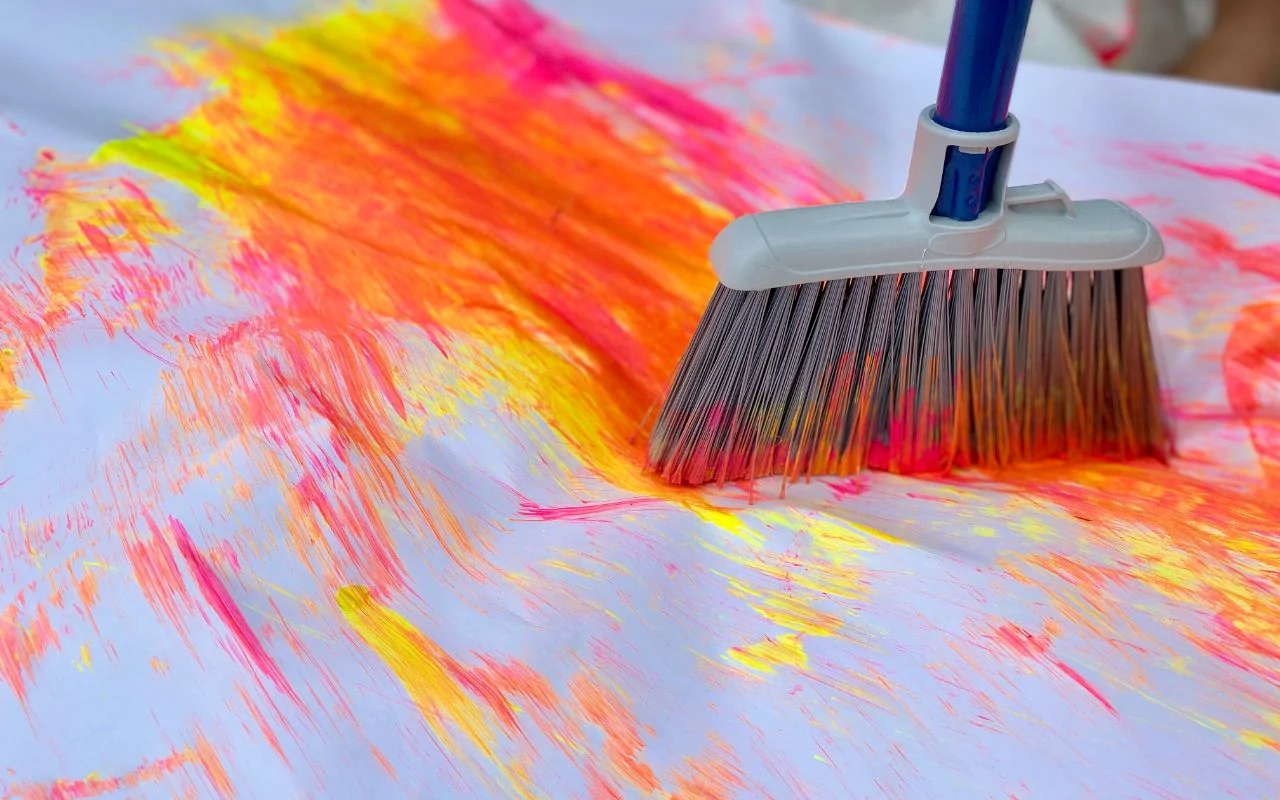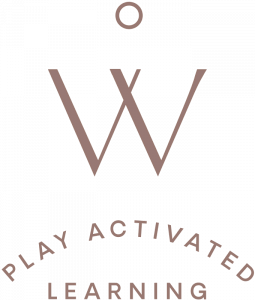This activity introduces one of the many different ways to manipulate and move paint using a common kitchen item: a long-handled broom!
Observing the different lines children create is a great way to begin talking about line, shape, movement, space and position. And using their whole body to move paint around develops children’s perception, spatial awareness and kinesthesia (awareness of the position and movement of their body parts).
What Could Lead Us to This Play Invitation
- Children have been curious about using tools other than paintbrushes with paint;
- Children are excited about large movement play and occupying space;
- Children have been exploring movement, lines, and shapes.
Materials Needed
- Tempera paints
- Bulletin board paper
- Long-handled brooms (small enough for children to use easily)
Setting up This Play Invitation
- You can set up this Play Invitation indoors or outdoors.
- Place a drop cloth on the floor, and lay a good length of bulletin board paper on it. This can also be epic when done vertically!
- Place the tempera paints and the brooms close to the paper.
- If doing vertically, pour the paints into containers large enough to dip the brooms into them.
Tip: Keep cloths handy as children’s feet can get wet with the paint.
How to Create the Painting
- Invite children to squeeze tempera paint directly on the paper and to use the brooms to spread it, creating bands of color charged with emotion and movement.
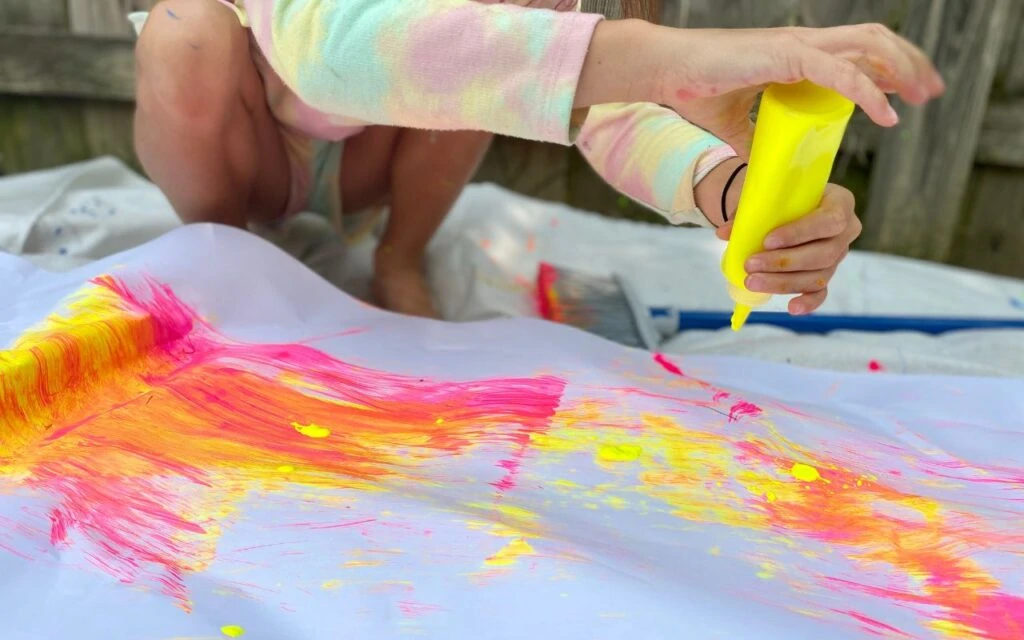
“The broom is like a LONG brush!”
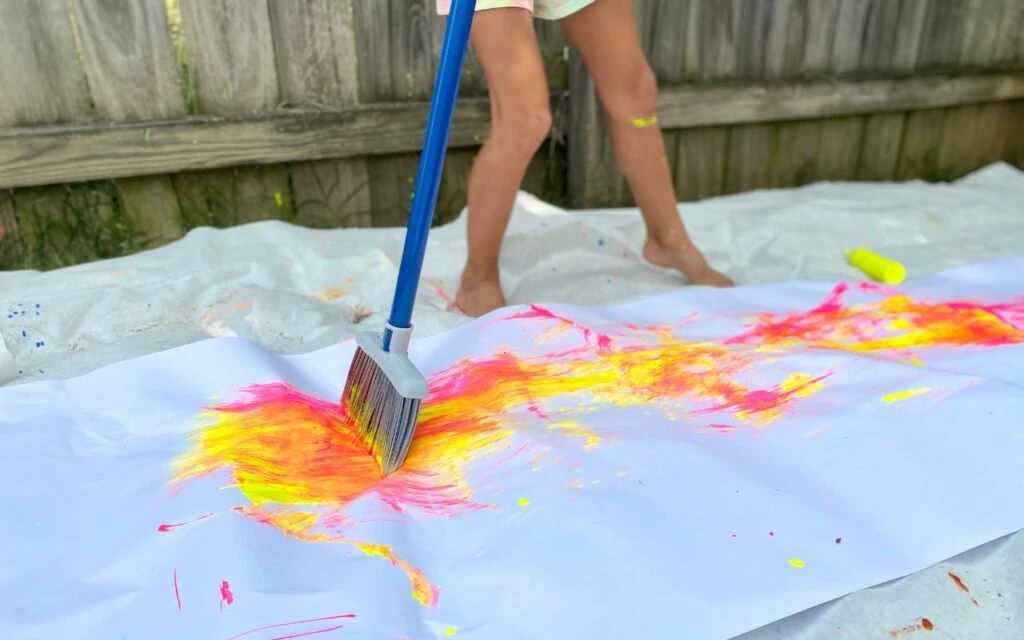
OPTIONAL NEXT STEP: Change the scale of the exploration! Offer children basting brushes. Children naturally use the basting brush like a paintbrush, and it makes the best marks on paint!
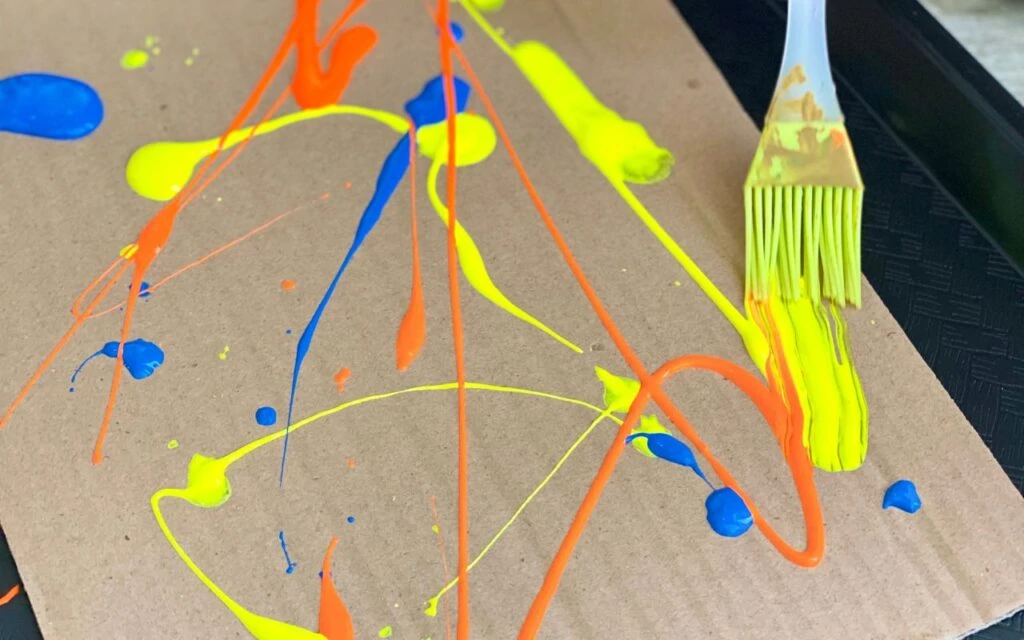
How to Nurture the Natural Unfolding of the Child’s Identity During This Play Invitation
- Children have the right to spaces that allow them to move freely, instead of being confined all day to a chair, desk, or room. Performing broader and more expansive movements helps them develop cognitive skills, along with a varied repertoire of motor skills adapted to different challenges and contexts. The educator must provide opportunities for a variety of fundamental activities that develop locomotion (e.g., running, sliding), manipulation (e.g., throwing, kicking), and stabilization (e.g., standing on one foot, walking on a narrow surface).
The Academic Learning Opportunities
- LANGUAGE: Develop new vocabulary, using language to share ideas.
- PHYSICAL: Build on their gross motor skills and visual-spatial relationships.
- ART: Explore color mixing, and discover new materials and tools to express creatively.
- SOCIAL: Collaborate and build relationships, teamwork, respect, and appreciation for others.
Extensions
- Invite children to draw while listening to music with different rhythms. How does fast or slow music influence children’s drawings? What’s the difference between the lines?
Book Recommendation
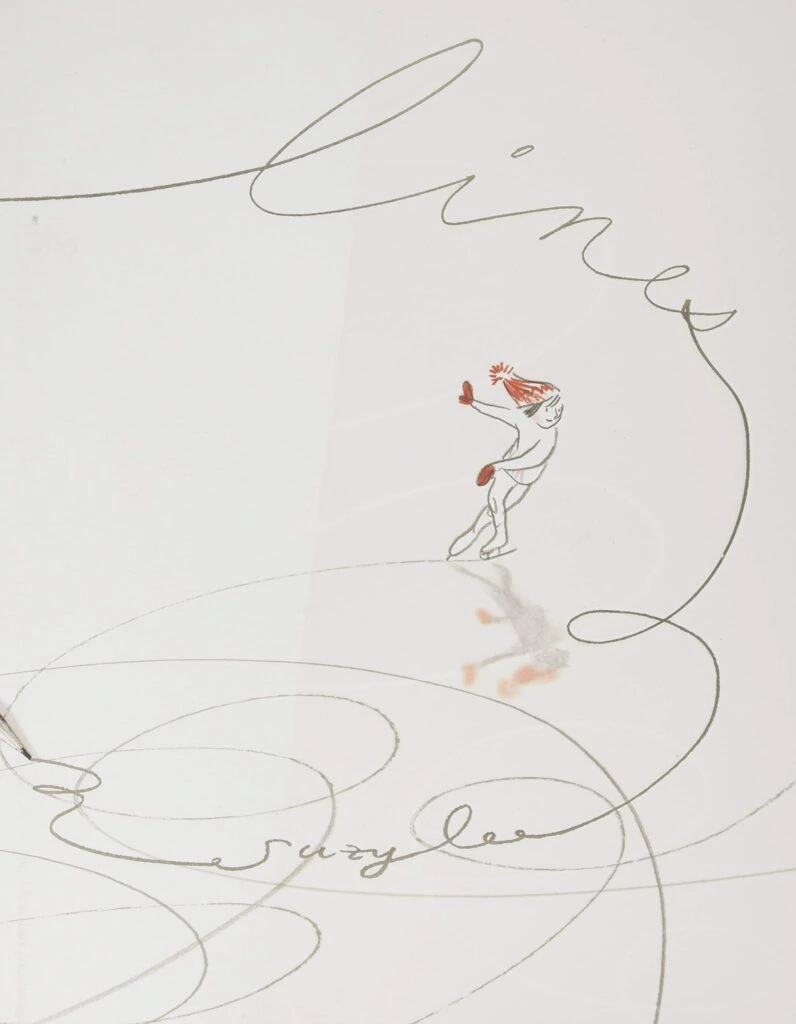
A gorgeous book that explores lines, ice skating, and learning to start over.
